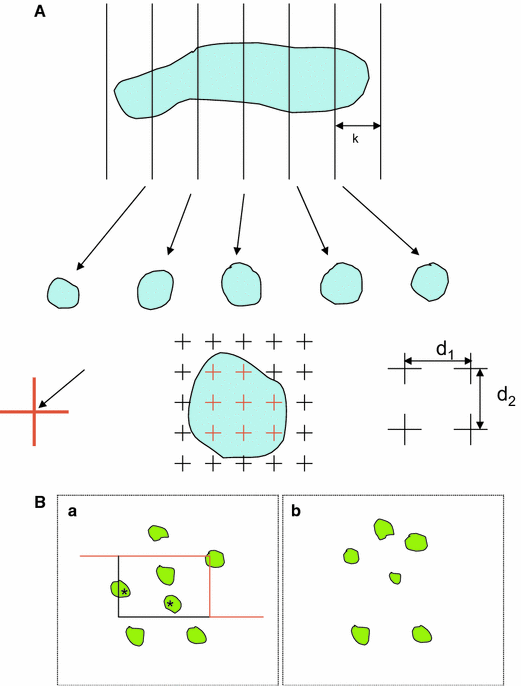
During the workshop, there will be ample opportunity for discussions with the instructors. Participants should bring their specific projects and questions. Post-mortem diagnosis of PPID in horses is possible, by determination of pituitary weight and by demonstration of PIC hyperplasia, using quantitative stereological methods, which suggests that different growth processes are responsible for adenoma formation. It can be concluded from this study that quantitative analyses are useful. light microscopy, confocal laser scanning microscopy, multi-photon microscopy, electron microscopy) as well as non-invasive scanning techniques like CT and NMR are welcome. Stereology and morphometry of steatosis in human alcoholic (ALD) and non. Applications involving any kind of microscopy (e.g. Quantitative metallography or stereology is concerned with the measurement of microstructural features such as grain size, and the size and spatial distribution of second phase particles from the observations made on 2-D sections through optical, scanning and transmission electron microscopy. Stereology plays an important role in validating and rejecting experimental hypotheses. It is used to accurately quantify the number of cells, the length of fibers, and the area and volume of biological structures or regions. This workshop is intended for students and researchers from the field of biology and medicine interested in sampling and measurement of 3D structures. Unbiased stereology is recognized in biological research as the best-practice method for quantitative histology. The bulk of the quantitative morphological methods that together constitute what was called the new or unbiased stereology and what today is commonly referred to as design-based stereology was introduced in the 1980s and 1990s (for early reviews, see Gundersen, 1986 Gundersen, Bagger, et al., 1988 Gundersen, Bendtsen, et al., 1988 Royet.

The workshop encompasses lectures, classroom exercises with real biomedical images, and laboratory practicals demonstrating the implementation of proper sampling and processing techniques on real biological organs.

Experimental design, sampling, use of stereological probes, estimation of stereological parameters, and the application of statistical methods appropriate for stereology are covered. Stereology is the application of mathematical axioms and allows one to quantitate three-dimensional structures fr Although a considerable amount of quantitative biochemical data of the prostatic gland is available the current morphological information is restricted up to now to descriptive findings. We havent found any reviews in the usual places. This workshop provides an introduction to state-of-the-art stereology with emphasis on its practical application in biomedicine. Addison-Wesley Publishing Company, 1970 - Stereology - 274 pages. Underwood, E.E., 1970, Quantitative Stereology, 2nd ed., Addison-Wesley Publishing Company, Reading, MA.


 0 kommentar(er)
0 kommentar(er)
